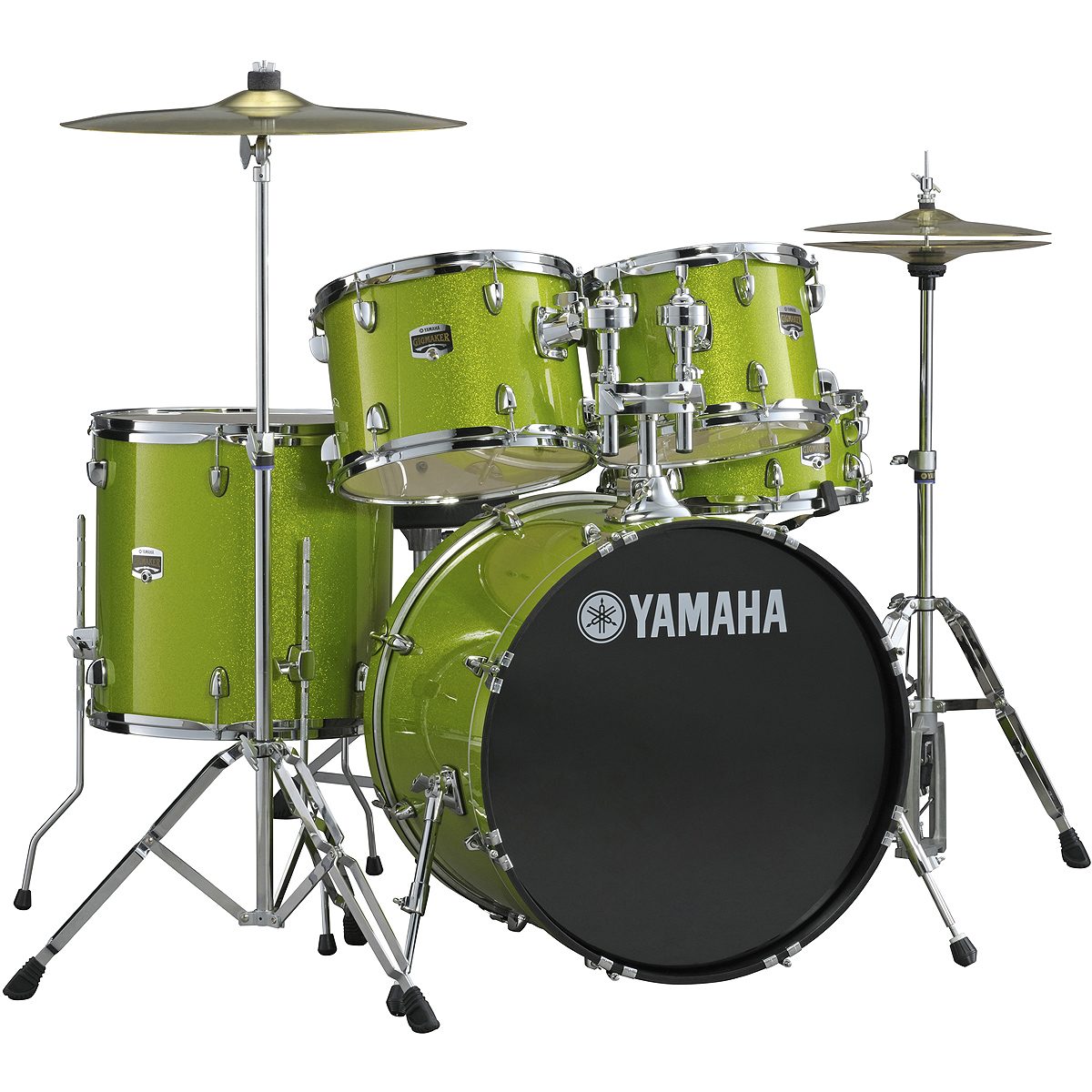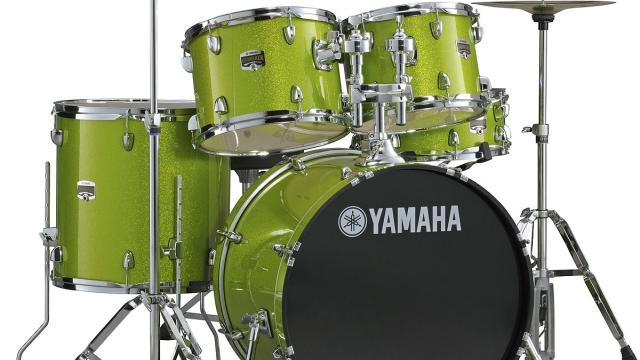Music has the incredible power to captivate hearts, stir emotions, and bring people together, transcending language and cultural barriers. Behind every mesmerizing melody and catchy tune lies the skillful hand of a musician, coaxing beautiful sounds from their chosen instrument. Yet, as steadfast as these instruments may be, there is a way to take their potential and elevate it to new heights: amplification equipment. With the aid of modern technology, musicians can electrify their sound, amplifying their instrument’s voice, and unlocking a whole new realm of sonic possibilities.
The marriage of musical instruments and amplification equipment introduces a whole new dimension to the art of music-making. From guitars that can soar through the air with blistering solos, to keyboards that can fill vast concert halls with lush harmonies, amplification allows musicians to realize their instrument’s full potential. By capturing and magnifying the unique timbre and nuances of each instrument, amplification equipment not only enhances the sound, but also opens up a world of creative possibilities for musicians to explore.
In this article, we will delve into the fascinating realm of musical instruments and amplification equipment. We will explore the different types of instruments that can benefit from amplification, as well as the various amplification techniques and technologies available. Whether you’re a seasoned performer looking to enhance your live shows or a budding musician eager to experiment with new sounds, this article will guide you through the process of harnessing the power of amplification equipment to electrify your sound and take your musical journey to extraordinary new heights. So, strap on your headphones and let’s embark on this exhilarating musical adventure together.
1. Understanding Musical Instrument Amplification
Musical instruments and amplification equipment play a crucial role in enhancing the sound produced by various instruments. Whether you’re a professional musician or just someone looking to explore their musical talents, understanding the basics of musical instrument amplification is essential.
Amplification equipment works by taking the sound generated by a musical instrument and increasing its volume, clarity, and presence. It allows musicians to project their sound to a larger audience or achieve a desired tone that may not be possible through acoustic means alone.
Different types of musical instruments require different amplification setups. For example, electric guitars often require electric guitar amplifiers, while acoustic guitars may rely on acoustic amplifiers or even specialty devices like pickups. Understanding the specific requirements of your instrument is crucial in choosing the right amplification equipment.
Amplification equipment also offers a wide range of controls and features that allow musicians to shape their sound. These controls include volume, tone, equalization, and various effects such as reverb, delay, and distortion. Mastering the use of these controls empowers musicians to further unleash the full potential of their instruments and create their unique musical signature.
By bridging the gap between the instrument and the audience, musical instrument amplification revolutionizes the way we experience live music. It allows musicians to express themselves on a larger scale, enhances their creativity, and enables audiences to fully immerse themselves in the sonic beauty of the performance.
Understanding the fundamentals of musical instrument amplification is the first step towards harnessing the true potential of your instrument. Whether you’re a guitarist, keyboardist, drummer, or any other instrumentalist, exploring the world of amplification equipment opens up a realm of possibilities for your musical journey. Stay tuned for the next section, where we dive deeper into the various types of amplifiers and their unique characteristics.
2. Choosing the Right Amplification Equipment
When it comes to enhancing your musical instrument’s sound, choosing the right amplification equipment is crucial. Different instruments have unique sound characteristics and requirements, so it’s important to consider your specific needs before making a decision. Here are some factors to keep in mind.
- גיטרה בס
-
Instrument Compatibility: Each instrument has distinct sonic qualities and may require different types of amplification. For example, electric guitars often benefit from guitar amplifiers, while acoustic instruments may require dedicated acoustic amplifiers or pickups. Consider the tonal qualities and output levels of your instrument to ensure compatibility with the amplification equipment you choose.
-
Venue Size and Type: The size and type of venue where you’ll be performing also play a significant role in equipment selection. For smaller venues, compact amplifiers or personal monitors may be sufficient, whereas larger spaces may require more powerful systems or professional-grade PA (Public Address) systems. Understanding the venue’s acoustics and the amplification needs of your instrument will help you make the best decision.
-
Budget and Portability: Amplification equipment comes in a wide range of prices, so it’s essential to consider your budget. If you’re a touring musician, portability may be a significant factor as well. Compact and lightweight options, such as combo amplifiers or portable PA systems, can provide convenience without compromising on sound quality.

By considering instrument compatibility, venue size and type, as well as your budget and portability needs, you can choose the right amplification equipment that complements and enhances your musical instrument’s sound. Remember, the goal is to unleash the full potential of your instrument through the power of amplification.
3. Maximizing the Sound Quality and Performance
To truly electrify your sound and unlock the full potential of your musical instrument, it is crucial to have the right amplification equipment. By carefully selecting and utilizing the appropriate gear, you can enhance your sound quality and elevate your performance to new heights.
The first step in maximizing sound quality is to choose an amplifier that complements your instrument and playing style. Consider factors such as power output, tonal options, and portability. For example, electric guitars often benefit from tube amplifiers that provide warm and rich tones, while digital modeling amps offer a wide range of effects and versatility.
In addition to selecting the right amplifier, investing in high-quality cables and connections is essential. Opt for cables with low capacitance and high conductivity to minimize signal loss and interference. Properly connecting your instrument to the amplifier ensures that every nuance of your playing is faithfully reproduced, resulting in a more vibrant and detailed sound.
Lastly, don’t overlook the importance of proper equalization (EQ) and effects settings. Experiment with different EQ settings to enhance the desired frequencies of your instrument and find the right balance in the mix. Utilizing effects such as reverb, delay, or distortion can add depth, dimension, and character to your sound, allowing you to fully express your musical creativity.
By following these guidelines and taking the time to understand your instrument and amplification equipment, you can unlock the full potential of your musical expression. Electrify your sound and captivate your audience with a powerful, immersive performance.



